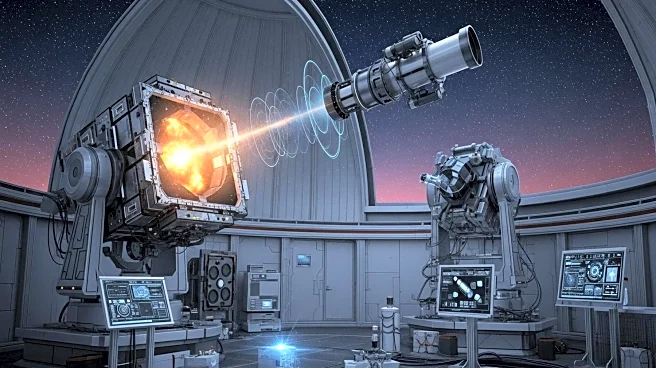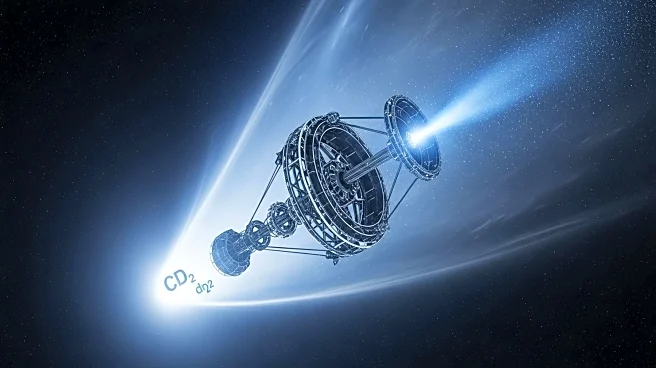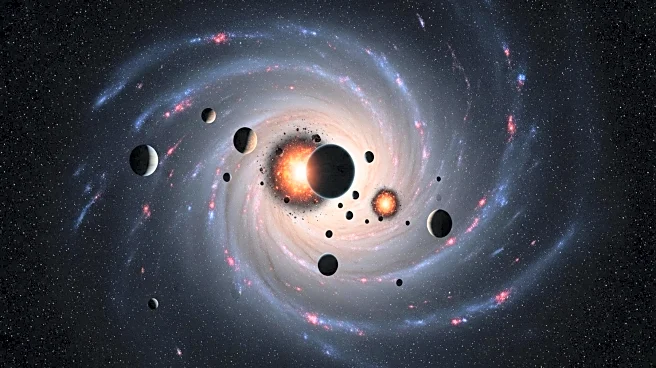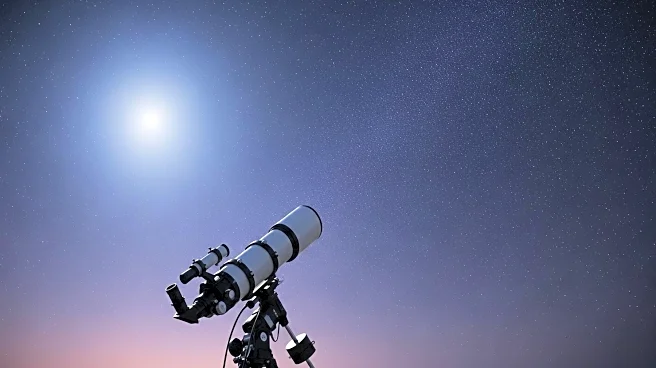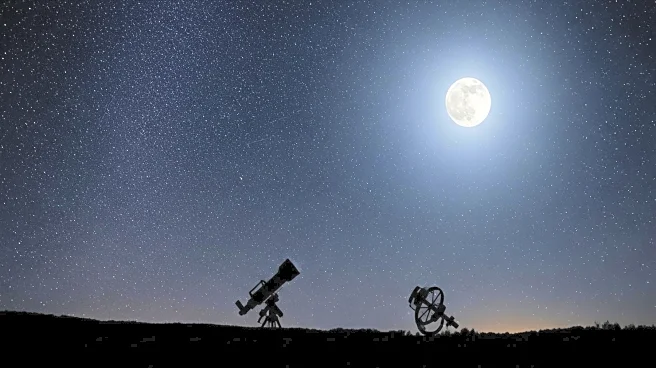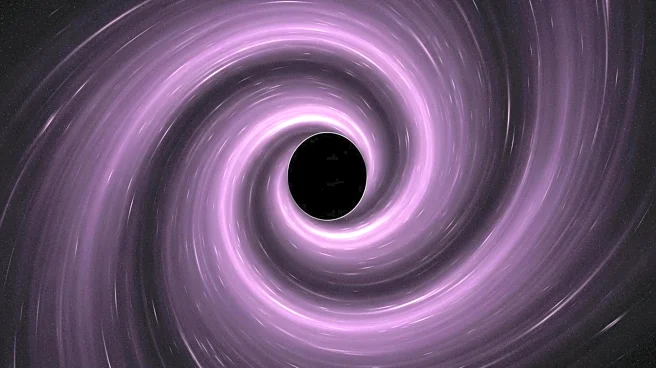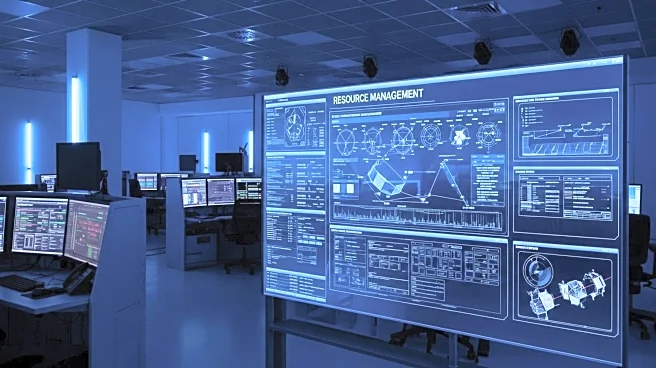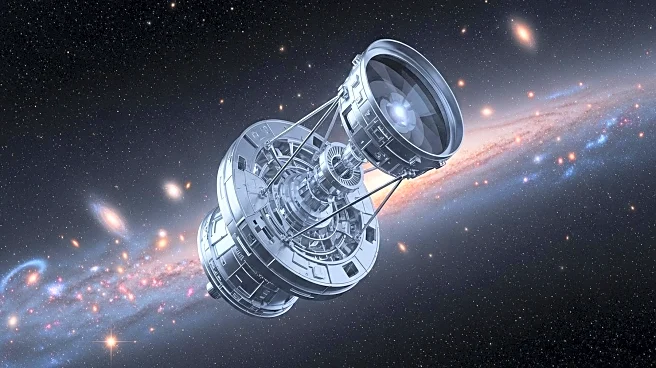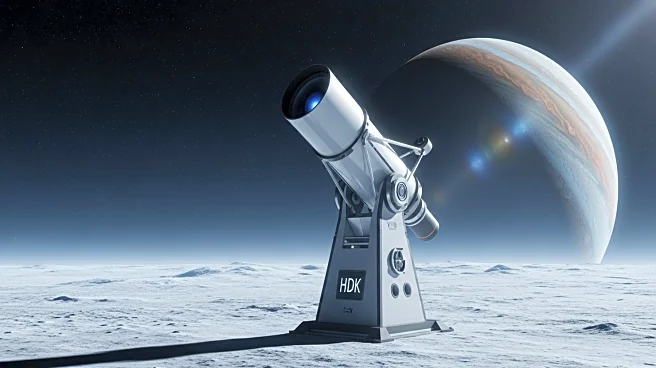Rapid Read • 8 min read
The Laser Interferometer Space Antenna (LISA) is set to launch in the mid-2030s, aiming to detect gravitational waves from the earliest moments of the universe. These waves, known as primordial gravitational waves, were generated during the inflationary period of the Big Bang. LISA will consist of three satellites positioned 600,000 to 3 million miles apart, using lasers to detect minute changes in distance caused by these waves. The mission seeks to provide a direct view into cosmic history, potentially transforming our understanding of the universe.
AD
Detecting primordial gravitational waves would offer unprecedented insights into the inflationary period of the Big Bang, a crucial phase that shaped the universe's structure. This could validate existing theories about cosmic inflation and provide new data on the forces and conditions present at the universe's inception. Success in this mission could revolutionize cosmology, offering a deeper understanding of the universe's origins and the fundamental laws governing it. The findings could impact various scientific fields, including physics and astronomy.
The LISA mission is currently in development, with a planned launch in the mid-2030s. If successful, it could pave the way for more advanced missions like the proposed Big Bang Observer (BBO), which would involve dozens of satellites for even greater sensitivity. The scientific community is closely monitoring LISA's progress, as its success could lead to further investments in space-based gravitational wave observatories. The mission's outcomes could influence future research priorities and funding in cosmology and related fields.
The detection of primordial gravitational waves could have profound implications beyond scientific discovery. It may challenge existing philosophical and ethical perspectives on the universe's origins and humanity's place within it. Additionally, the technological advancements required for LISA could spur innovation in satellite design and laser technology, with potential applications in other industries. The mission also highlights the importance of international collaboration in space exploration, as it involves partnerships across multiple countries.
AD
More Stories You Might Enjoy
